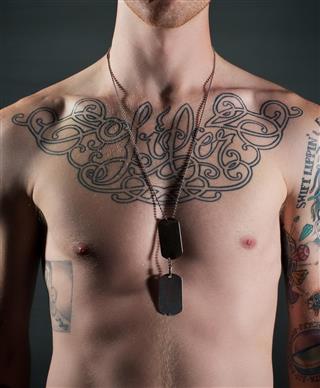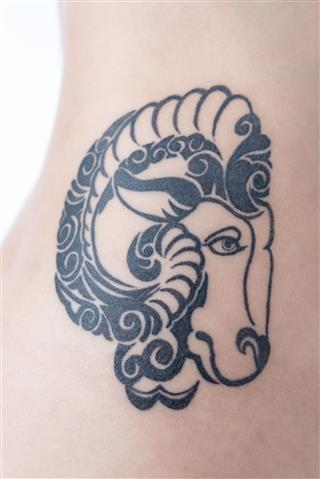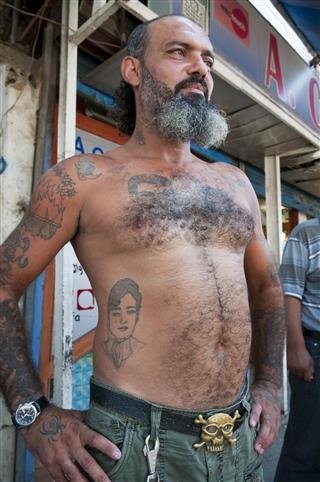
Apart from the color or lines in your tattoo getting smudged or faded, there are other factors that affect the appearance of your tattoo, like weight loss or gain. To know more about what happens to tattoos when your weight fluctuates, read this post.
“Tattoos are like stories – they’re symbolic of the important moments in your life. Sitting down, talking about where you got each tattoo and what it symbolizes, is really beautiful.”
―Pamela Anderson
Tattoos are special and personal, as every tattoo is unique and has its own special story and symbolization. Every time someone gets a tattoo, he/she feels elated and on top of the world. However, getting a tattoo needs a lot of deliberation and thought.
Many factors need to be taken into consideration, like the design, placement, color, tattoo artist, etc. Nevertheless, one main thing people forget to think about is what their tattoo will look like if their body goes through changes, like sudden weight loss or gain, or even gradual weight fluctuations. Keeping that in mind, this ThoughtfulTattoos write-up elucidates the effects of weight loss and gain on a tattoo, and what you can do to repair the damage done.
Effects of Weight Fluctuation on a Tattoo
Gradual weight loss/gain does not affect the appearance of a tattoo, but if there is a drastic change in weight that occurs in a very small period of time, it makes a massive change to the look of the tattoo. If there is a very rapid change in the weight, then the beauty of your tattoo may get obscured.
If you are into muscle building, then tattoos on the arms, calves, and stomach may stretch, depending on the amount of muscle that builds up in that area. The location, type, and size play an important role in determining the effect of weight fluctuation on a tattoo.
Location
The effects of weight loss/gain are minimal when tattoos are located on the wrist, ankle, fingers, feet, shoulders, or any area where the bones are prominent, and most of the time, cannot even be noticed. When fleshy areas, like the stomach, thighs, hips, breasts, upper arm, etc., are inked before a sudden weight loss/gain, it changes the look of the tattoo. Usually, tattoos in fleshy areas get stretched when a person gains too much weight, due to which stretch marks damage the tattoo, and if a person loses too much weight, then the tattoo looks wrinkled. The belly, buttocks, breasts, and love handles are the most dicey areas where one can get a tattoo, as it may expand and elongate with time, especially in the case of women.
Type
Tattoos that have fine detailing and thin outlines are more likely to sustain damage from sudden weight fluctuation. Celtic knots, Polynesian tattoos, Maori, and other tribal patterns are the first ones to get distorted. The intricate detailing either shrinks or expands, depending on the type of weight fluctuation you have, and where the tattoo is placed on the body. Round, elliptical, and symmetrical tattoos never retain the same shape if the person having them has sudden weight fluctuation.
Size
Tattoos of all sizes are susceptible to damage from weight gain/loss. If the tattoo is large and on the hips, and a person suddenly drops around 50 pounds, the tattoo may sag if the skin becomes loose. Or if a person has a large tattoo on the hip, and suddenly puts on a lot of weight, then the tattoo will get stretch marks. Small tattoos have a tendency to shift if weight is lost, and expand if weight is gained.
Usually, good and skilled tattoo artists know how to cover up tattoos that have been damaged by weight fluctuation. If the damage is irreparable, then many people go in for tattoo removal. The best way to avoid any damage to your tattoo is to be fit so that weight loss/gain has no effect on it. Selecting the right location is the key to having your tattoo looking brand new for a long time. Look after your tattoo well, once you get it done, by following all the aftercare instructions your tattoo artist gives you.































